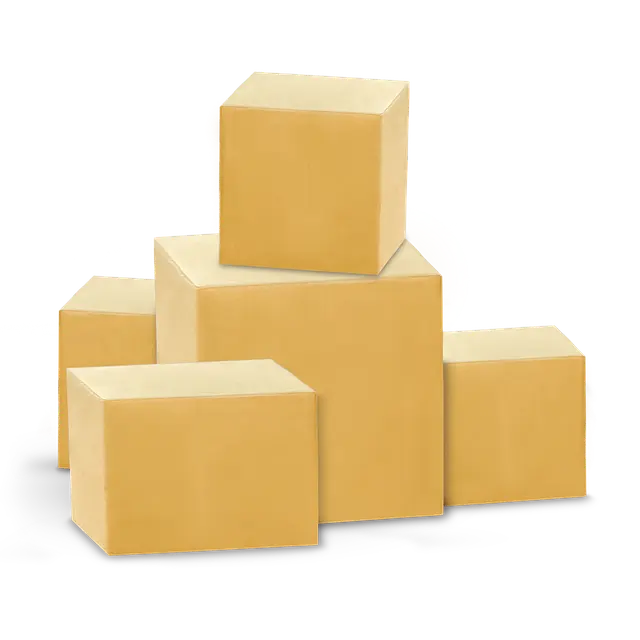Moving can be a stressful and overwhelming process, but one thing that can make a significant difference is having quality boxes. Whether you’re relocating your home or business, the right boxes and packing materials will help keep your belongings safe and organized. In this guide, we’ll explore the best way to get boxes for moving, how to ensure their quality and provide practical advice to simplify the process.
Why Quality Matters in Moving Boxes
The importance of quality boxes cannot be overstated. Using subpar or flimsy boxes can lead to damaged items, added frustration, and increased moving costs. Quality boxes ensure that your belongings remain protected during transit, regardless of size, weight, or fragility. Investing in durable moving boxes is one of the most efficient packing strategies.
Key Benefits of High-Quality Moving Boxes
- Durability: Prevents boxes from tearing or collapsing under weight.
- Protection: Shields items from external forces and potential damage.
- Ease of Handling: Simplifies the stacking and loading process.
- Reusability: High-quality boxes can be reused for future moves or storage needs.
Where to Find Sturdy Packing Boxes
Securing reliable packing materials requires some research and planning. Here are some methods to help you source the best boxes for your move.
Retail Stores
Many retail stores dispose of sturdy packing boxes after receiving shipments. These boxes are often free and suitable for light to medium-weight items. Ask store managers if they have leftover boxes.
Online Marketplaces
Platforms and communities often list used or new boxes for sale or giveaway. Be cautious about box conditions and always verify their sturdiness before committing.
Specialty Moving Box Suppliers
Opting for dedicated suppliers ensures high-quality packing solutions designed specifically for moving. While these may cost more, their durability and uniformity are worth the investment.
Authoritative platforms like Consumer Protection Ontario (Ontario.ca) provide insights on avoiding scams when purchasing materials from unfamiliar sources.
Local Businesses
Local businesses might have a surplus of unused boxes. Contact offices, bookstores, or warehouses to inquire if they’re willing to share their supply.
Factors to Consider When Choosing Moving Boxes
The variety of boxes available can make choosing the right ones for your needs difficult. Follow this packing supplies guide to make informed decisions.
Box Size
Select boxes of varying sizes based on your belongings. Large boxes are great for lightweight items, while small boxes are better for heavy items like books.
Material Strength
Check the thickness and construction of the boxes. Look for double-walled options for added durability, especially for heavier or fragile items.
Box Type
Specialized boxes such as wardrobe boxes, dish packs, or file boxes can make moving more efficient and organized.
Preparing and Packing Boxes Efficiently
Packing is as much about technique as it is about materials. Efficient packing strategies will save you time and reduce stress.
Sorting Belongings
Start by categorizing your items into groups: fragile, heavy, lightweight, and essential. This will help you allocate appropriate boxes for each group.
Reinforcing Boxes
Before packing, reinforce the bottom of each box with packing tape. This adds extra strength and prevents potential breakage during the move.
Labeling Boxes
Clearly label each box with its contents and destination room. This step streamlines the unpacking process and minimizes confusion.
A Step-by-Step Guide to Securing BoxesStep 1: Assess Your Needs
Evaluate the volume and type of belongings to determine the number and types of boxes you’ll require.
Step 2: Source Your Boxes
You can utilize one or more of the methods outlined earlier, such as visiting retailers or purchasing from moving box suppliers.
Step 3: Inspect Boxes
Ensure each box is clean, sturdy, and free from tears or damage before use.
Step 4: Organize Your Packing Area
Designate an area in your home or office for packing to keep the process streamlined and clutter-free.
Common Mistakes to Avoid When Choosing BoxesUsing Old or Weak Boxes
While recycling is great, using overly worn boxes increases the risk of collapse.
Ignoring Box Weight Limits
Overpacking boxes can lead to tears and potential damage to the contents.
Neglecting Fragile Items
Using standard boxes for fragile items without reinforcement can result in breakage. Always use specialized boxes for delicate belongings.
Efficient Strategies for Business Owners
Business owners face unique challenges when relocating. Proper packing ensures the safety of valuable inventory, documents, and equipment.
Bulk Box Purchases
Buying boxes in bulk often reduces costs and ensures you have enough materials for your move.
Specialized Packing Solutions
For sensitive equipment or documents, consider customized packing solutions for added protection.
Coordination with Professionals
Partnering with a professional service specializing in packing and moving can save time and ensure optimal results.
When planning your move, focusing on the best way to get boxes for moving is an essential step. By sourcing sturdy packing boxes from reliable suppliers, considering your specific needs, and following efficient packing strategies, you can make your relocation process seamless and stress-free. Investing in quality materials protects your belongings and saves you time and effort in the long run.





